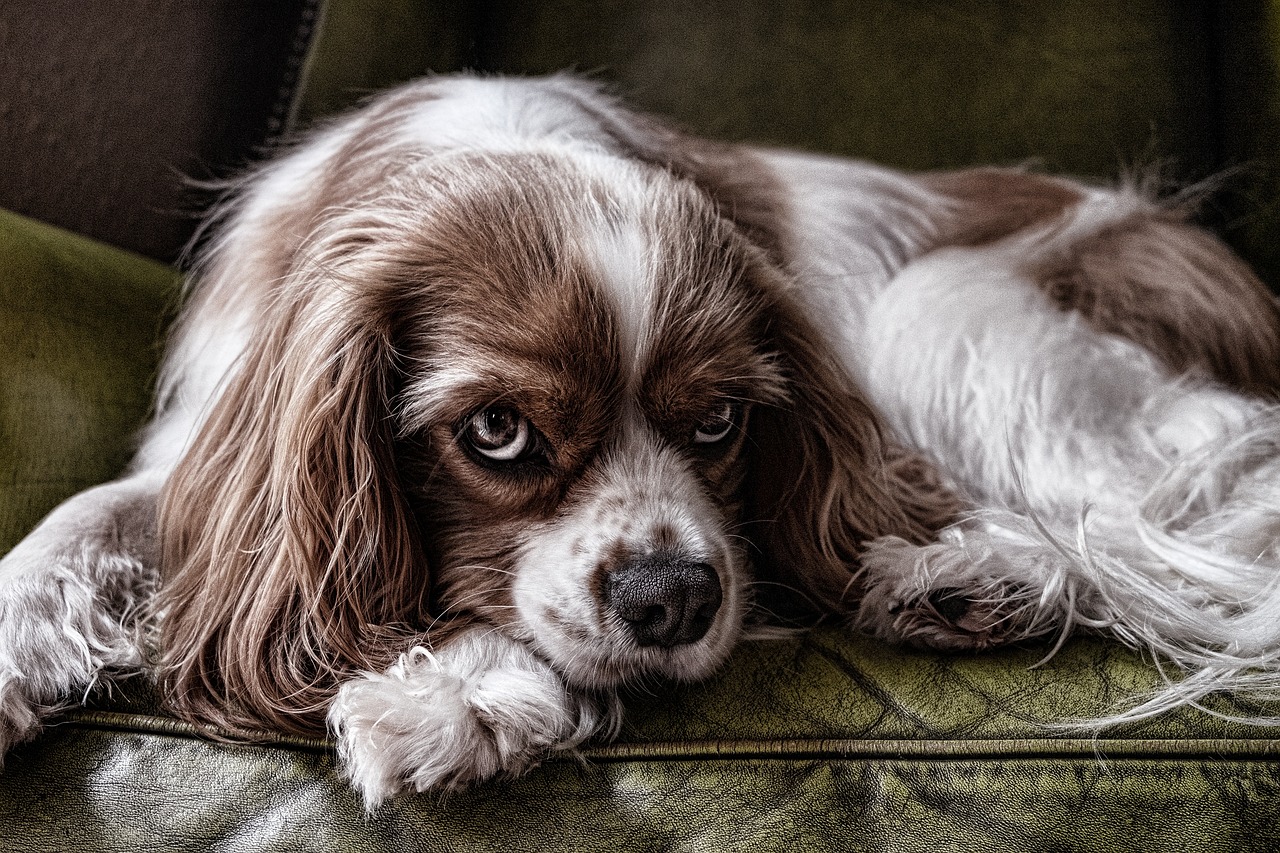A lustrous and well-maintained coat is a telltale sign of a healthy pet. Beyond aesthetics, a shiny and vibrant coat serves as a visual indicator of overall pet health. In this comprehensive guide, we will explore the signs of a healthy pet coat, shedding light on the connection between coat condition, pet care, and pet health. Understanding these cues can empower pet owners to provide the best possible care for their furry companions.
The Importance of a Healthy Pet Coat
A pet’s coat is more than just fur; it is a dynamic organ that reflects the animal’s internal well-being. A shiny and well-groomed coat is not merely a cosmetic attribute but rather an outward expression of an optimally functioning internal system. Monitoring the condition of your pet’s coat can offer valuable insights into their overall health, dietary needs, and grooming requirements.
Signs of a Healthy Pet Coat
- Shine and Luster: A glossy sheen to your pet’s coat is a clear indication of good health. The presence of natural oils in the fur reflects a well-balanced diet, proper hydration, and an efficient grooming routine. Dull or lackluster fur may signify nutritional deficiencies or underlying health issues, emphasizing the importance of attentive pet care and regular veterinary check-ups.
- Smooth Texture: Running your fingers through your pet’s coat should feel smooth and supple. Healthy fur is free from tangles, mats, or rough patches. Regular brushing not only maintains a sleek appearance but also aids in distributing natural oils, promoting skin health. If the coat feels coarse or exhibits irregularities, it might be time to reassess grooming practices and dietary choices.
- Consistent Color: The color of your pet’s coat can provide valuable insights into their health. A consistent, vibrant hue suggests good nutrition and overall well-being. Changes in color, such as dullness, fading, or discoloration, may indicate dietary deficiencies or underlying health concerns, warranting attention to pet health and care practices.
- Normal Shedding: Shedding is a natural process for many pets, and a healthy coat undergoes a regular shedding cycle. Pet owners should be aware of their pet’s typical shedding patterns. Excessive shedding or irregular hair loss could be indicative of stress, nutritional imbalances, or health issues. Understanding the normal shedding cycle contributes to effective pet care and grooming strategies.
- Elasticity and Resilience: A healthy coat displays elasticity and resilience. When you gently tug on a small section of your pet’s fur, it should spring back into place. Lack of elasticity may suggest dehydration or inadequate moisture in the skin. Hydration, balanced nutrition, and proper grooming contribute to the elasticity and vitality of the coat.
- Minimal Odor: A healthy pet coat typically lacks a strong, unpleasant odor. While a mild “doggy” scent is normal, persistent and foul-smelling odors may indicate skin infections, allergies, or underlying health issues. Regular baths, proper hygiene practices, and addressing any potential health concerns are crucial components of effective pet care.
- No Signs of Irritation or Inflammation: A healthy coat is supported by healthy skin. Check for signs of irritation, redness, or inflammation, as these may indicate allergies, parasites, or skin infections. Regular grooming, appropriate flea and tick prevention, and prompt veterinary attention to any skin issues contribute to overall pet health.
- Appropriate Coat Length: The length of your pet’s coat should align with their breed characteristics and personal comfort. Overgrown or excessively short fur may not only affect the overall appearance but can also impact skin health. Understanding breed-specific grooming needs and maintaining an appropriate coat length contribute to a healthy and comfortable pet.
The Connection Between Coat Condition, Pet Care, and Pet Health
- Nutrition: A well-balanced and nutritious diet is the foundation of a healthy pet coat. Essential fatty acids, vitamins, and minerals contribute to coat shine, texture, and overall health. Incorporating high-quality pet food into their diet, supplemented with omega-3 fatty acids if necessary, supports optimal coat condition and underscores the crucial role of nutrition in pet health.
- Hydration: Proper hydration is essential for maintaining the moisture balance in your pet’s skin and coat. Dehydrated pets may exhibit dry, flaky skin and a lackluster coat. Always ensure access to clean water and consider incorporating moisture-rich foods, like wet pet food, into their diet for optimal pet health and coat condition.
- Grooming Practices: Regular grooming plays a pivotal role in maintaining a healthy pet coat. Brushing removes loose fur, distributes natural oils, and prevents matting. The frequency and type of grooming depend on the breed, coat length, and individual needs. Establishing a consistent grooming routine contributes to both coat health and overall pet well-being.
- Regular Vet Check-Ups: Routine veterinary check-ups are crucial for monitoring your pet’s health, including the condition of their coat. Veterinarians can identify and address potential health issues early on, recommend dietary adjustments, and provide guidance on effective pet care practices. Regular check-ups contribute significantly to preventive pet health care.
- Allergen Management: Pets, like humans, can develop allergies that manifest in skin and coat issues. Identifying and managing allergens, whether environmental or dietary, is essential for maintaining a healthy coat. Working closely with your veterinarian to pinpoint potential allergens contributes to comprehensive pet care.
A healthy pet coat is a reflection of diligent pet care practices, proper nutrition, and overall well-being. As responsible pet owners, understanding the signs of a healthy coat empowers us to be proactive in our pet care routines. Regular grooming, a balanced diet, and attention to any changes in coat condition contribute to the longevity and happiness of our beloved animal companions.
Monitoring your pet’s coat is not merely a cosmetic endeavor; it is a holistic approach to pet health. By recognizing the interconnectedness of coat condition, pet care, and pet health, we can provide the best possible environment for our furry friends to thrive. As we revel in the beauty of their glossy coats, let us also appreciate the profound insight these fur-covered companions provide into their overall well-being.

